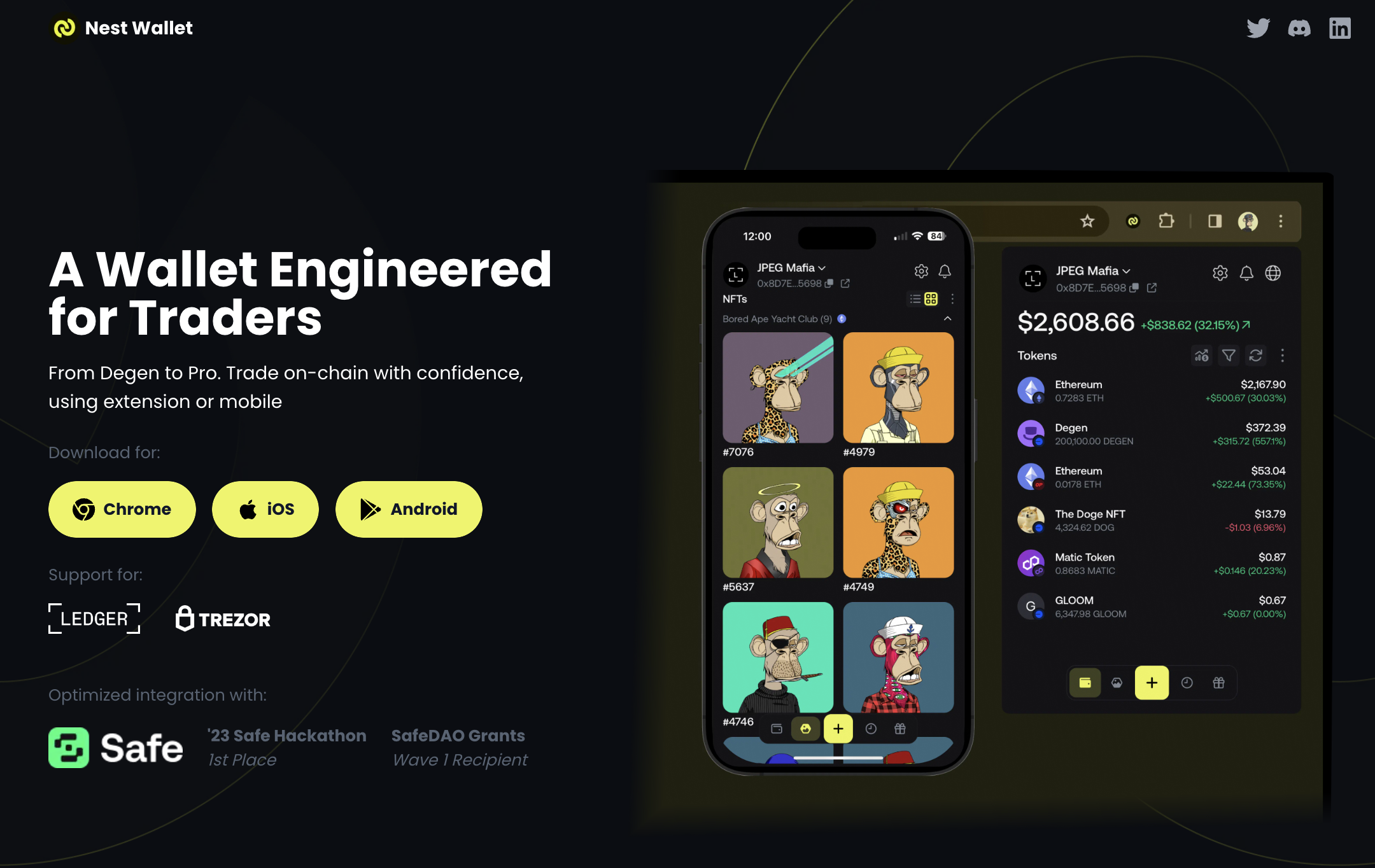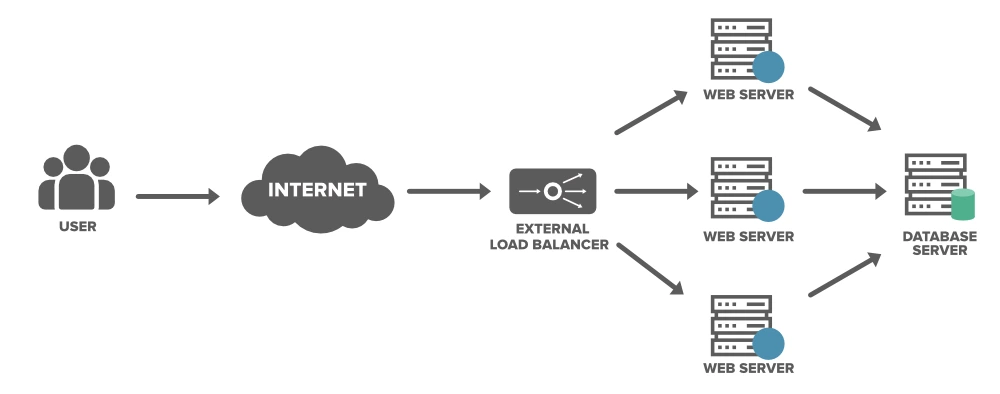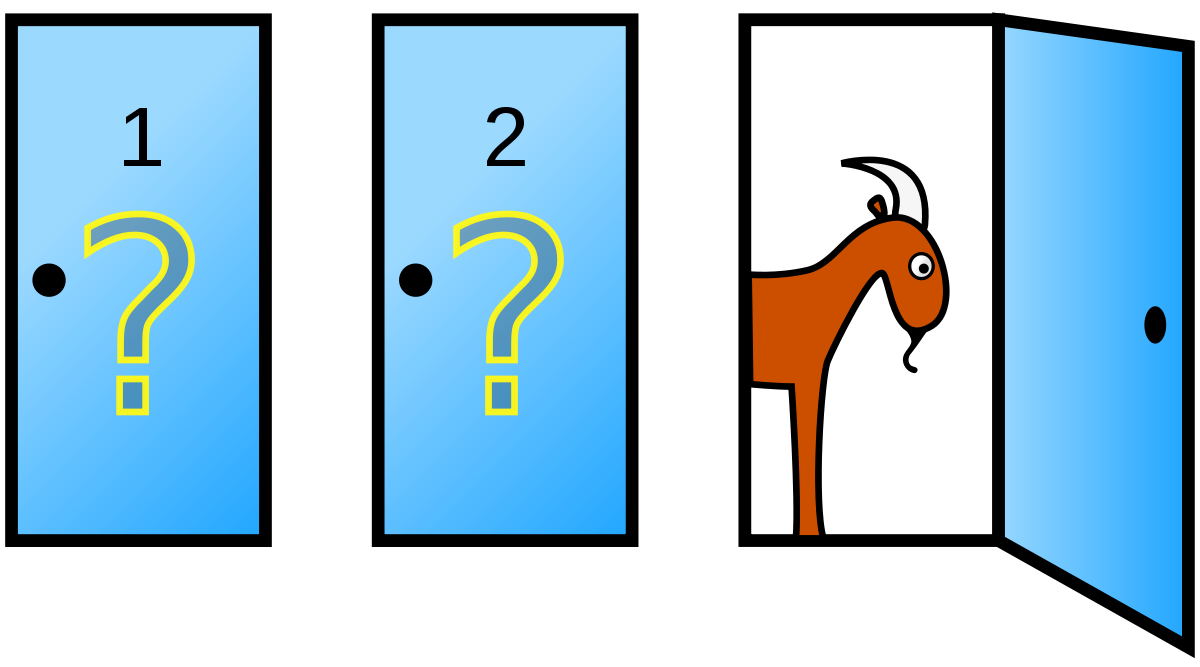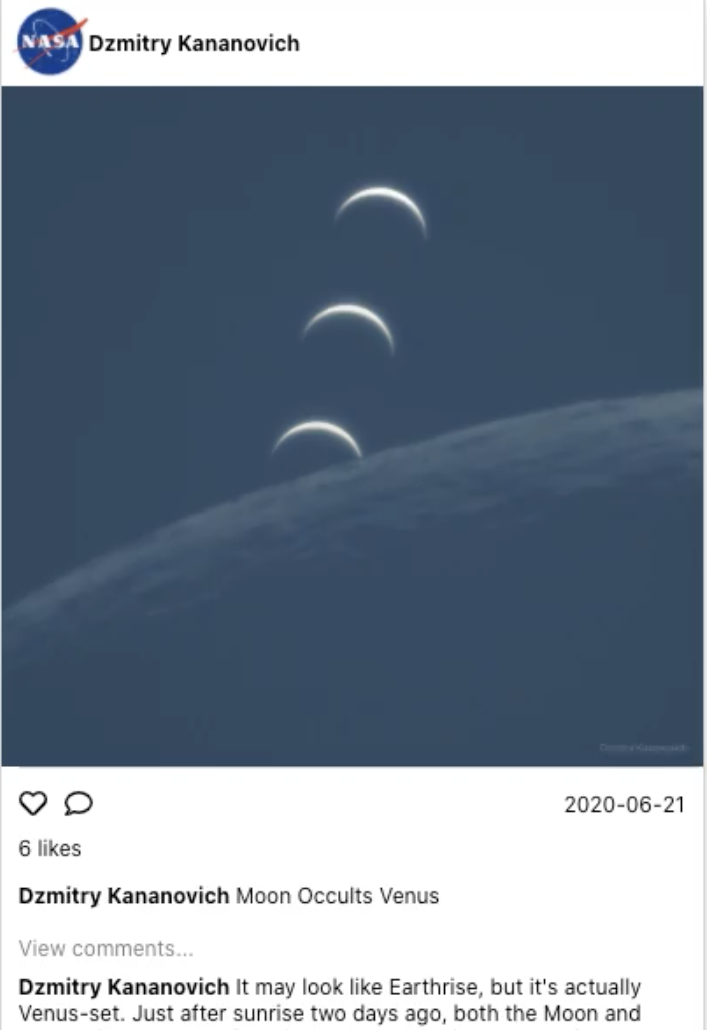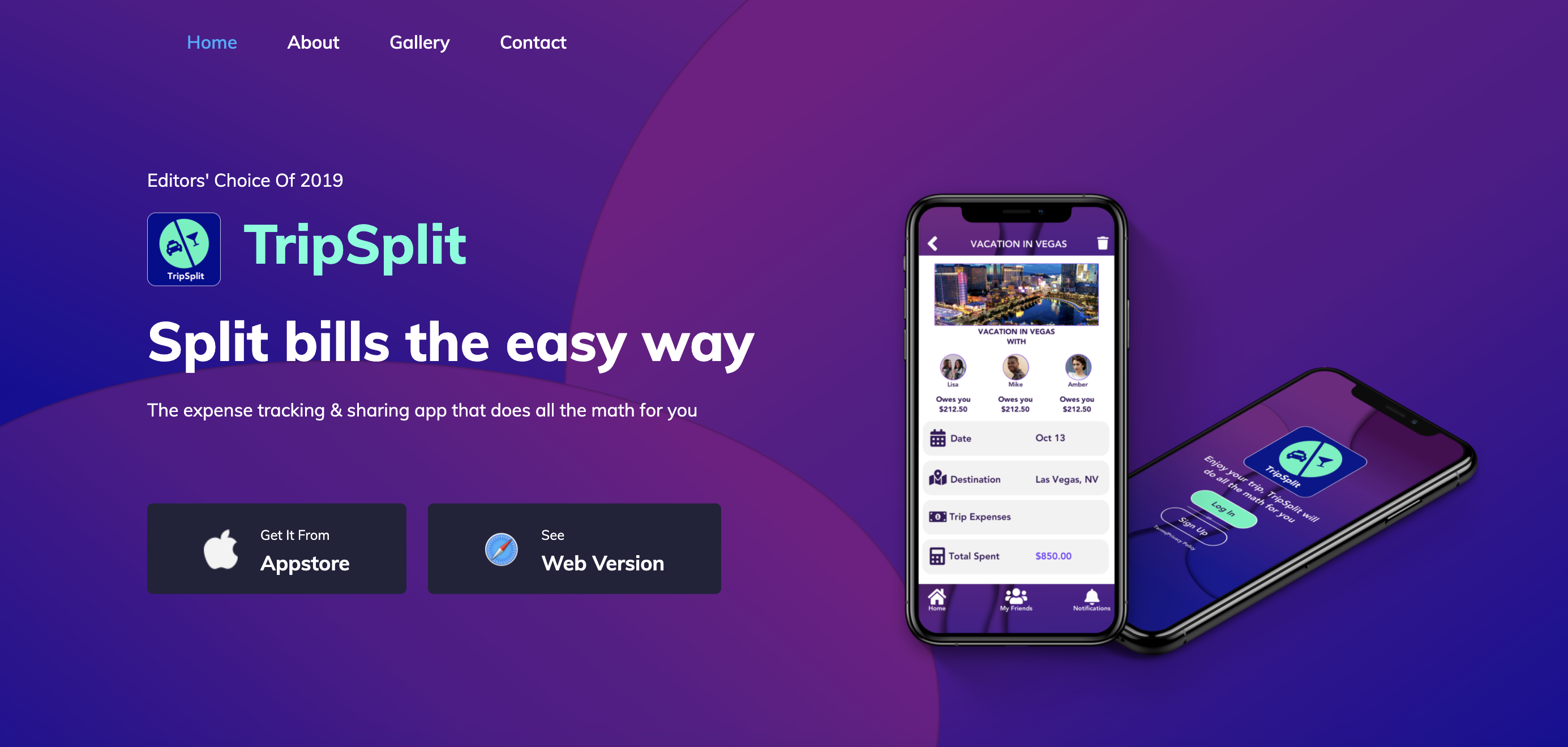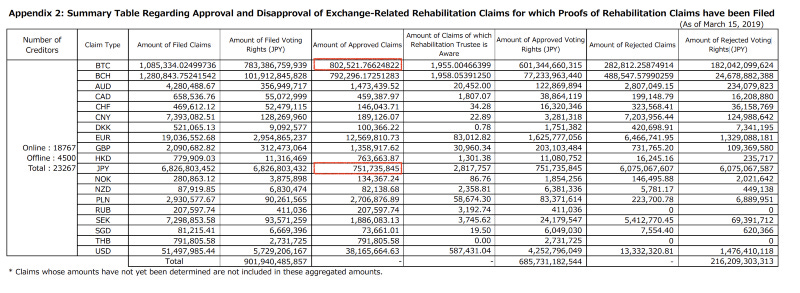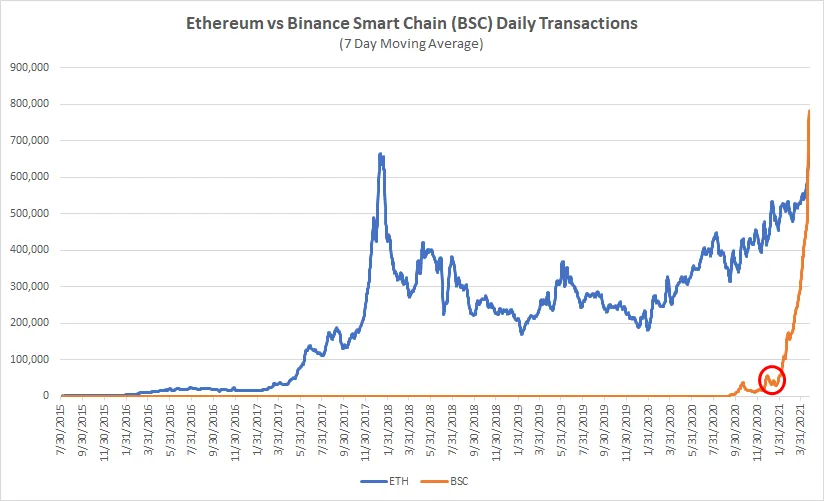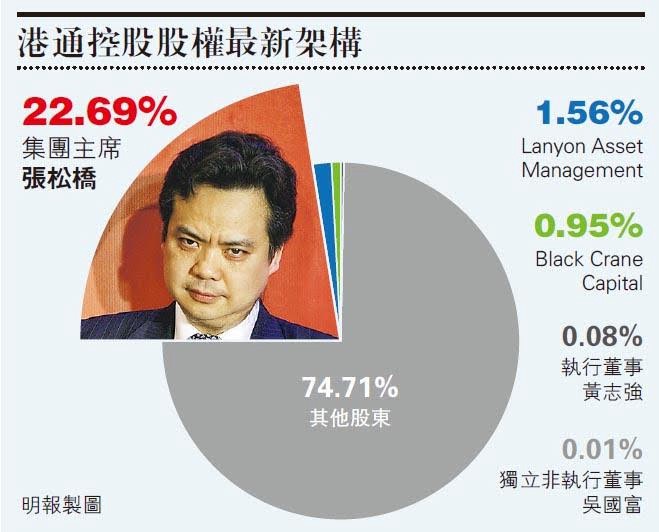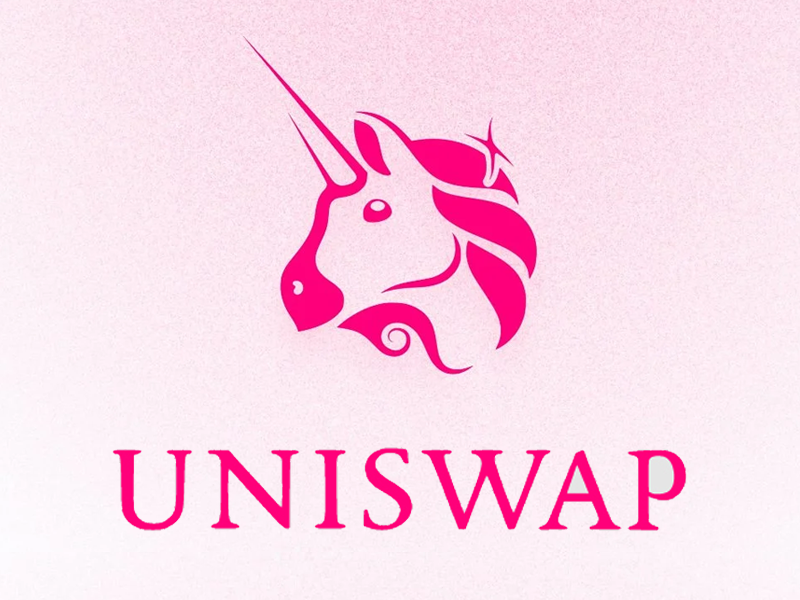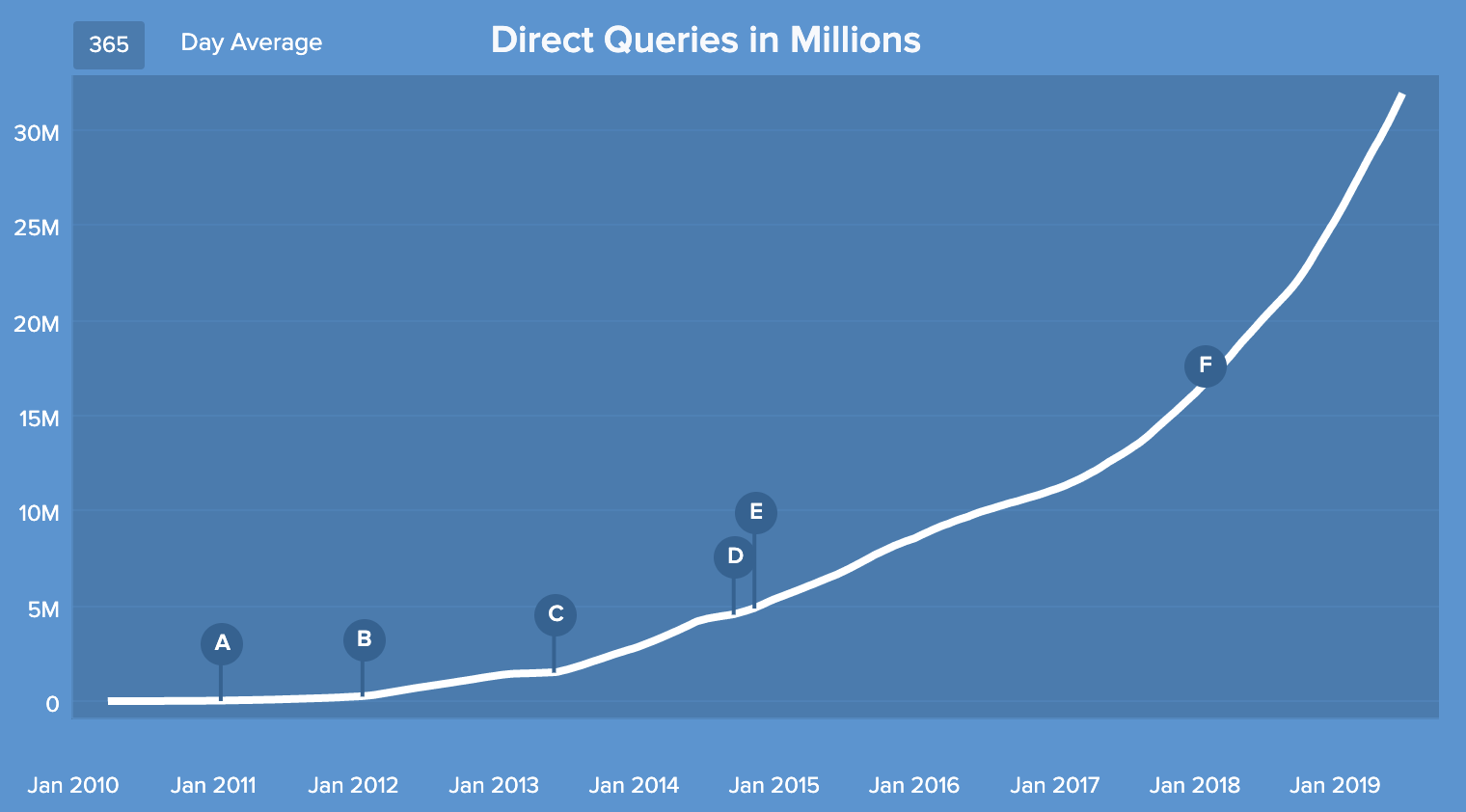About Me
Hi, I'm Daniel. Some call me Sangyoon. I was born in the U.S., but
spent most of my life in South Korea 🇰🇷 and Singapore 🇸🇬, before
returning stateside for college and work.
My career spans Wall Street, early-stage venture investing, and
two startups as a software engineer.
As a venture capitalist, I've found and backed billion-dollar
businesses at the earliest stages. As a bootstrapped founder, I've
achieved a 7-figure outcome, and raised venture funding for
another.
On my
Substack
✍🏼, I write about two of my career interests - fundamental
investing and decentralized technologies ₿. In the former, I
discuss everything from undervalued small-caps to unique insights
on value investing. In the latter, I write about fundamentally
valuing crypto-assets, and other rare perspectives on the
industry. Occasionally interspersed are tidbits of my personal
life.
When I'm not going down rabbit-holes and writing, you can find me
playing tennis 🎾, golf or poker with friends. When I'm alone, I
love playing Chopin or movie soundtracks on the piano 🎹, though I
need to start learning some new pieces again. I enjoy trying new
types of coffee ☕ (I was once a Starbucks barista in my teens),
and aim to be half-vegetarian, since I'm not brave enough to go
full-on just yet.
That's a little bit about me. But if you'd like to learn more
about how I got here in the first place, come join me below.
Ever since taking a summer camp course in middle school called
"Who is Dow Jones?", I fell in love with the art of investing. I
particularly enjoy that it rewards independent, even contrarian,
thinking and an even temperament. I chose to attend NYU Stern for
their well-renowned undergraduate finance program, but deferred by
a year to take a value investing course and pore through books
like "The Intelligent Investor" at the local library.
During college, I took advantage of being in NYC to intern at
three different hedge funds, grateful that such institutions would
even take a student like me who knew nothing. After graduating, I
started as an investment banking analyst. In some ways, I was
living the life - early 20s in the heart of New York, exploring
hobbies together with my two housemates - hip hop dancing (where
I'm sure the instructor gave up on us), boxing, or hosting friends
at our den that had become a makeshift poker room.
We also found ourselves chained to our desks on many weekends.
While banking was touted to be a good stepping stone to greater
things, I didn't see how it was making me a better investor,
particularly a long-term investor hoping to build real businesses.
It was in the midst of this environment, wondering what more there
was to life, that I discovered cryptocurrencies.
Long story short, I started arbitraging inefficient crypto
markets. This was 2017 when the market was rife with
inefficiencies.
At the time, crypto was booming. Booming so much that there
was a 30-50% spread between Korean and American crypto prices.
The opportunity was so blatant that everybody was talking
about it, yet nobody thought to actually trade it. Why? I
don't know. I asked a lot of people, and they didn't think it
was possible because of this regulation or that blocker.
With a little investigation, I sorted out the legal and trade
mechanics and was making $15,000 every single day, with just a
few clicks. This was possible because I identified the
opportunities, stayed abreast of developments, moved fast,
managed risk, and pulled all-nighters to do the grunt work
from talking to lawyers to setting up trades — all while
working a 70-80 hour / week job…
After this interesting incident, a few friends and I decided
to arbitrage the price differentials among exchanges... The
trading was run from our tiny NYC bedroom, with rotating
sleeping schedules to keep an eye on the markets 24/7. At one
point, our portfolios were worth a couple million dollars. It
was unbelievable for 23-year-olds whose bank accounts had
never seen anything remotely like it. Needless to say, it was
an exciting time. -
Medium: How I Made $15,000 / Day as a Fresh College Grad
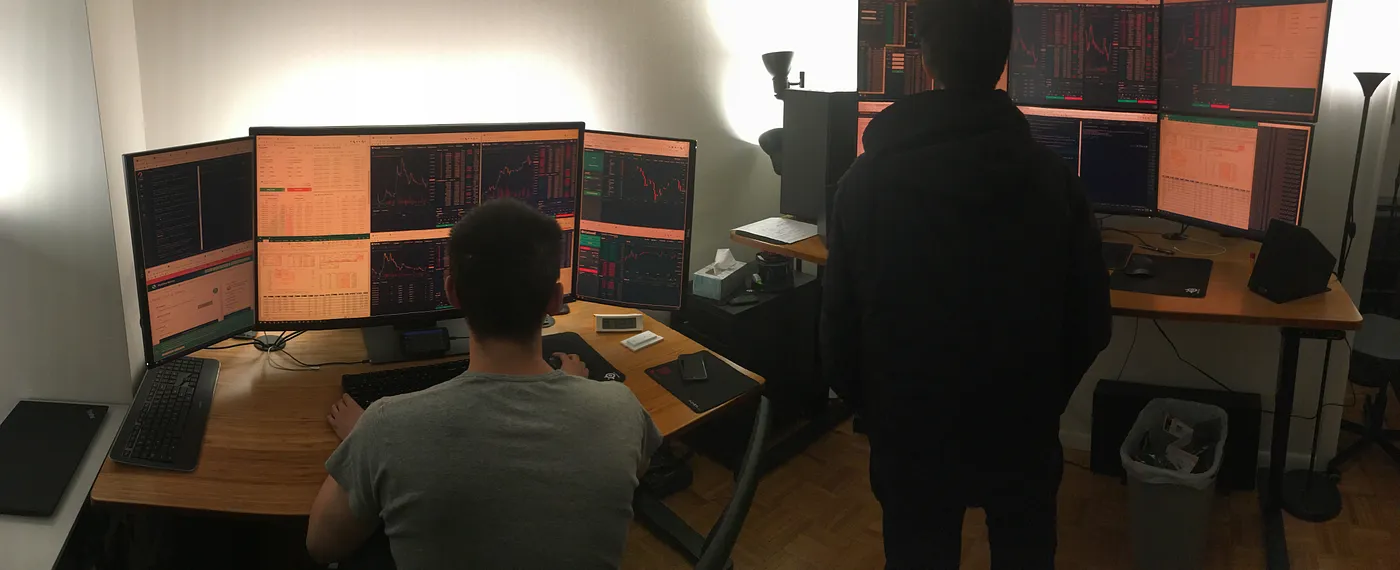 This and other early investments made me a millionaire by my mid
20s. I felt empowered - that I too could pave a path in this world
following my own beliefs, and that it was ok to be different.
This and other early investments made me a millionaire by my mid
20s. I felt empowered - that I too could pave a path in this world
following my own beliefs, and that it was ok to be different.
But I quickly felt empty.
The best in the space were engaged in a movement, not just
profiting off market inefficiencies. I packed up, said goodbye to
friends in New York City, my home of five years, and left my old
life behind.
I would move to the Bay Area in 2018, at age 24, to write a book
and make a Wikipedia for crypto. Hundreds of projects with
technical jargon were popping up every day, where even someone
full-time like myself would get lost in it all. I wanted to help
people cut through the noise and understand why this technology
mattered.
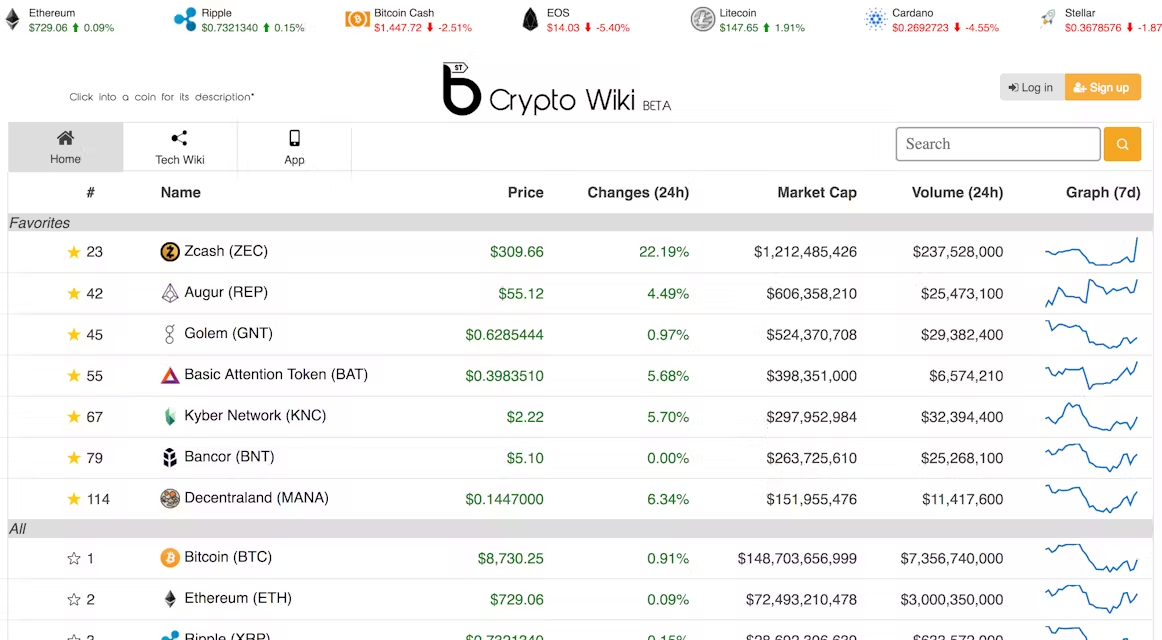
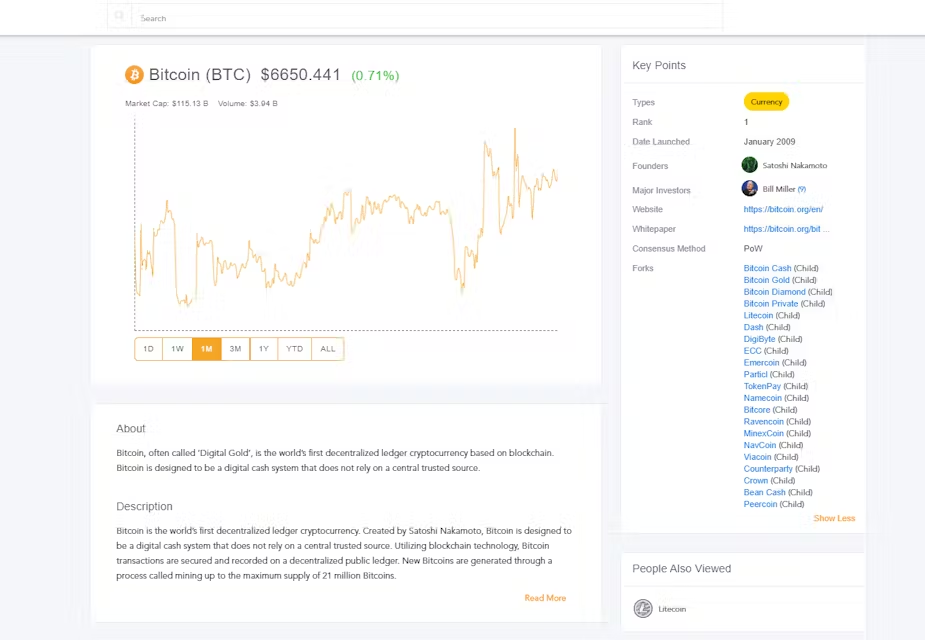 To me, crypto is an equalizing force - an open industry where
people are judged on merit, creativity and contribution rather
than status, and a technology that enables people to more
equitably share in the wealth that innovation creates. Imagine
every time you rode an Uber, you earned equity in the company.
That's a small example of what crypto rails make possible. On
Ethereum, you can access loans from a decentralized protocol with
just an internet connection, not gated by income, ethnicity, or
social status. With DePIN systems like Helium, I am both a
consumer and owner in the mobile network I use.
To me, crypto is an equalizing force - an open industry where
people are judged on merit, creativity and contribution rather
than status, and a technology that enables people to more
equitably share in the wealth that innovation creates. Imagine
every time you rode an Uber, you earned equity in the company.
That's a small example of what crypto rails make possible. On
Ethereum, you can access loans from a decentralized protocol with
just an internet connection, not gated by income, ethnicity, or
social status. With DePIN systems like Helium, I am both a
consumer and owner in the mobile network I use.
While building the wiki, it dawned on me that helping more
projects in the ecosystem would help scale my impact faster. By
good fortune, mutual connections put me in touch with venture
capitalist Tim Draper and I joined him in investing in early-stage
projects. I had respected him for being one of the first prominent
figures to lend credibility to the space as far back as 2014, and
wanted to learn everything I could from him.
I invested early in projects like Arkham, which increased the
transparency of murky on-chain transactions, and the investment
would grow 100x within a couple years of investing. Or Polymarket,
which I saw go from an experimental project to transacting
hundreds of millions of dollars in predictions every day from
people around the world. I supported them because they were both
founded by college dropouts that reminded me of my wiki-building
days. We all strived to build tools that educated and gave greater
opportunity to anyone with an internet connection.
Others, like MakerDAO, would enable more people to access loans or
lending opportunities through its decentralized protocol. And of
course, there were more established companies like Coinbase and
Ledger, whom I had the privilege to support and watch as they
become indispensable companies for the ecosystem, the former which
would IPO at a $100 billion valuation.
Interestingly over time, I felt simultaneously more involved and
more on the sidelines. I missed being a player on the field.
Near the end of my time there, Tim asked me if I wanted to raise a
crypto-only fund together that I could manage. By then, the
industry had become mainstream and big-name funds were reaching
out, offering high six figure salaries to run crypto investments
for them as a partner. It felt full-circle from the days when
people viewed me as an outsider, and when I myself had no idea if
any of this would work out.
But it felt too early to settle down. I wanted to be in the arena
again.
To wrap up my years of self-taught programming, I
did a coding bootcamp
(a very intense three months of 14-hour days, 6-7 days a week of
coding), after which some old friends convinced me to co-found a
startup with them. One had sold his last startup to Bitgo, and was
itching to do something new. I'd happily raise the funding, but on
one condition - that I would work as a full-time software
engineer.
Their condition, in turn, was that I raise the first round of
financing only from angels and smaller funds (to reserve an
institutional round for later) while only diluting ~10% of our
equity. That was quite a bar, as most of my connections were at
institutional funds, and I'd have to collect many small checks at
a very high valuation. With some luck, I was able to round up
about $3.7M in a month right before the market crashed in 2022,
from entrepreneurs I respected like the founders of Youtube,
Twitch, Rotten Tomatoes, Kabam, Y-Combinator OrangeDAO and others.
We initially built a marketplace connecting crypto gaming guilds
and players that quickly amassed tens of thousands of players and
the top guilds like YGG and Ancient8. Crypto gaming created a new
opportunity for people, especially in third world countries, to
earn a living, capitalizing on crypto's ability to "earn" equity
in a project as a gamer. But when the market turned drastically,
the economics of this experiment failed, and the guilds, some of
which had raised tens to hundreds of millions of dollars, went out
of business, along with the players.
We struggled for months, debating a new direction. Then I thought
back to my experience losing bitcoin to institutions that crashed
in 2022. It was a lesson in how the first cryptocurrency, Bitcoin,
was intended to be stored: self-custodied, seizure-proof and
censorship-resistant. I also saw that the Safe multisig protocol,
an open-source smart contract for self-securing crypto assets, was
growing rapidly. That was how our
multi-signature crypto wallet
was born.
We built a prototype and won 1st place from over 100 projects in a
one-month hackathon hosted by Safe, Coinbase and Stripe. Some
companies were interested in acquiring the technology and having
us build in-house.
We reached a point where we had to decide on serving just retail
or enterprise users, and ultimately, my co-founders chose the
former. I was proud of all we had built, but that was not the
direction I saw myself building for the next many years. After
ruminating, I asked to take a step back and support them as an
advisor. This would free up equity to hire others more passionate
about retail wallets, and I could explore my next aspirations.
Lately, the team has been growing users fast, and I'm excited to
see where they take it. See my
Code
section for more on Nest.
I've learned so much from founding a company. Going through the
ups and downs has made me a much more empathetic partner to
founders I advise or work with today. I know what it's like to
grind day in and out managing codebase, partnerships, investors,
user interviews and finding product market fit. I would do it all
over again.
The curtains are closing on my 20s, and I'm looking forward to
what my 30s will bring. I hope to have more adventurous stories
for you then. Until next time.
- Daniel Sangyoon Kim
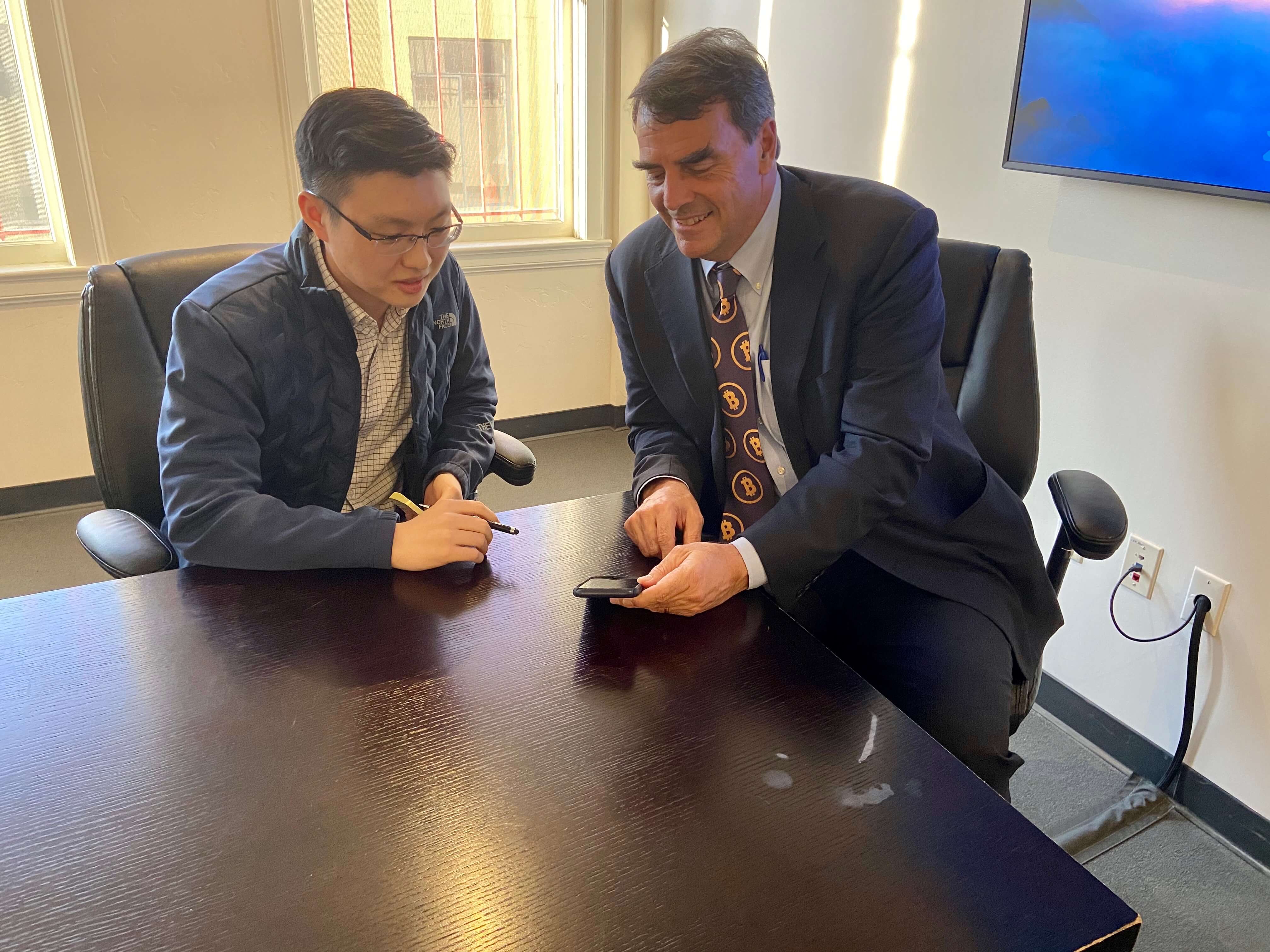
Good old days learning from Tim. He wore a Bitcoin tie every day - a true believer.
